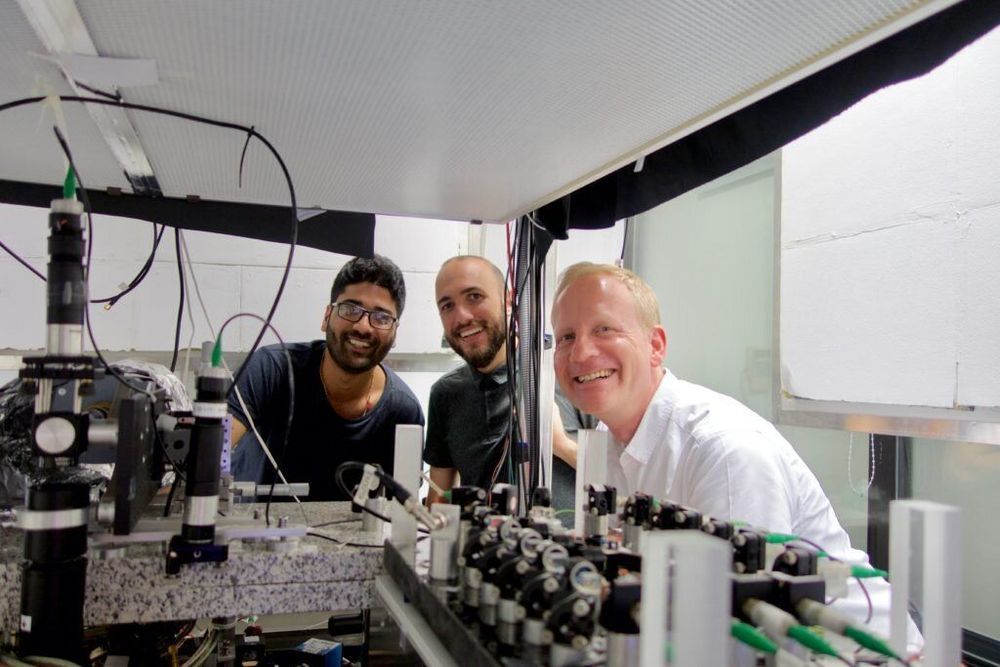Atomtronics manipulates atoms much in the way that electronics manipulates electrons. It carries the promise of highly compact quantum devices which can measure incredibly small forces or tiny rotations. Such devices might one day be used to monitor Earth’s status by sensing water levels in the desert or in the search for minerals and oil. They will also be used in navigation, when GPS fails on planes or ships due to malicious attacks or simply because it is not available, e.g. in the deep seas. They might also one day act as portable quantum simulators solving complex computational tasks.
Coherent atomtronics manipulates atoms in the form of matterwaves originating from Bose-Einstein condensates (a state of matter in which all the atoms lose their individual identity and become one single quantum state with all the atoms being everywhere in the condensate at the same time). The atoms in these matterwaves behave much more like waves rather than individual particles. These matterwaves can be brought to interfere and thus made to respond to the tiniest changes in their environment such as the difference in gravitational pull between light organic material and heavy iron ore. When compared to light, atoms can be 10 billion times more sensitive, e.g. to rotation or acceleration, when compared to the photons that make up light. This sensitivity depends on the measurement time and—just like Newton’s apple—atoms fall due to Earth’s gravity. This forces the most sensitive interferometers to be very tall, reaching 10 meters and in some cases even 100 meters.
